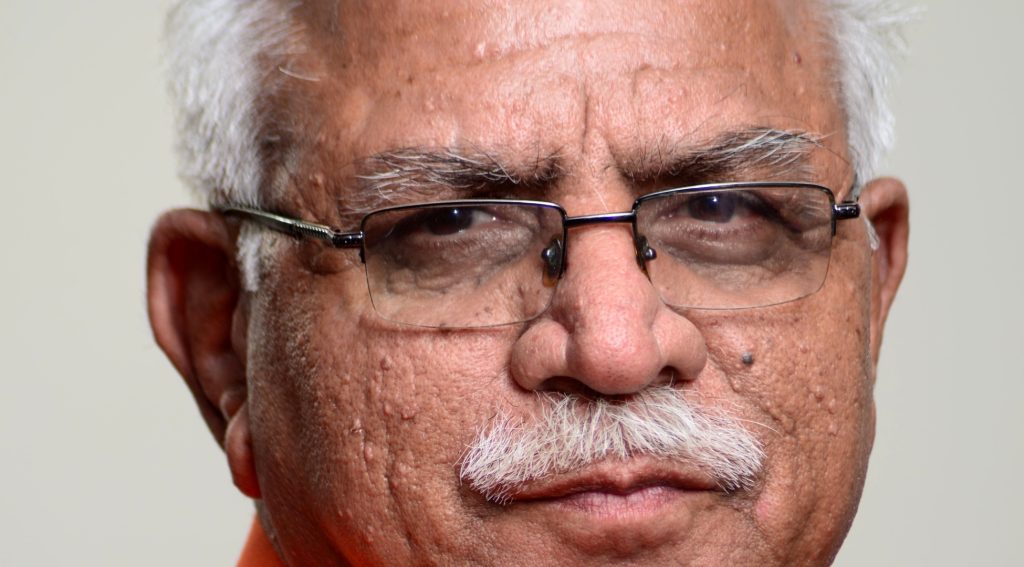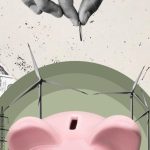India’s power sector is expected to require Rs 42 lakh crore in investment by 2032 to meet energy demands and establish future-ready infrastructure.
Union Minister for Power and Housing & Urban Affairs Manohar Lal Khattar emphasized the need for comprehensive tariff reforms and bridging intra-state transmission gaps.
He highlighted India’s transformation from a power-deficit to a power-sufficient nation, with a peak power demand of 250 GW in May 2024 and 242 GW thus far in 2025. The projections anticipate a further increase to approximately 270 GW later this year, with an estimated peak electricity demand reaching 446 GW by 2034-35.
The minister urged states to optimize their power purchase costs through efficient power portfolio management, reduce aggregate technical & commercial losses, and engage with electricity regulatory commissions to ensure cost-reflective tariffs and timely issuance of tariff and true-up orders.
He also encouraged states to promote renewable energy sources and energy storage systems to enhance supply reliability. The distribution sector faces challenges due to suboptimal tariff structures, poor billing and collection practices, and delayed payments from government departments and subsidies.
The minister underscored continuous support from the central government and appealed to the states to consider establishing at least one nuclear plant and discuss forest clearance for transmission projects.
Key dignitaries included Shripad Yesso Naik, Minister of State for Power and Renewable Energy; Kanak Vardhan Singh Deo, Deputy Chief Minister of Odisha; and Bijendra Prasad Yadav, Energy Minister of Bihar. Senior officials from the Ministry
of Power, state power/energy secretaries, and CMD/MDs of central and state power sector entities also attended the
crucial deliberations.











